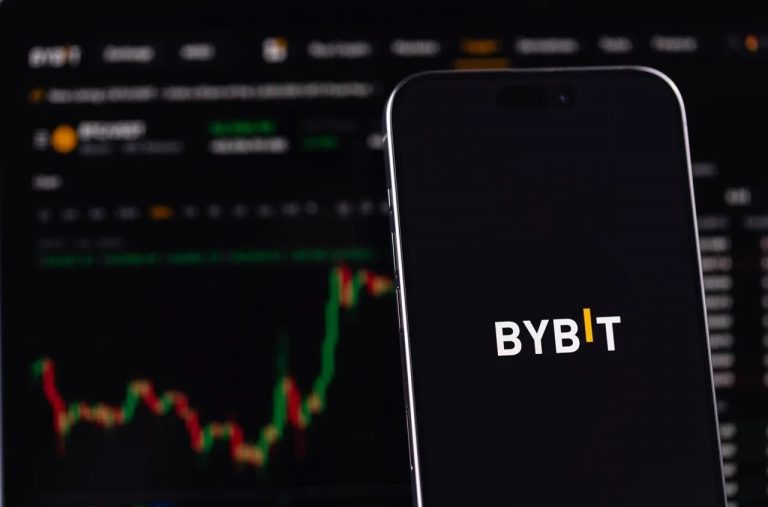
Bybit recorded a remarkable recovery in March 2025, attracting $3.61 billion in capital inflows, outpacing Binance’s $3.545 billion for the same period. This surge came after a significant setback in February 2025, when Bybit suffered a major hack, losing approximately $1.5 billion in Ethereum due to a sophisticated attack linked to North Korea’s Lazarus Group. The hack exploited vulnerabilities in Bybit’s cold wallet transfer process, shaking user confidence and triggering massive outflows. This turnaround highlights Bybit’s resilience and the competitive dynamics among centralized exchanges (CEXs) in 2025’s volatile crypto landscape.
Bybit’s rebound can be attributed to several strategic moves: swift crisis management, securing emergency loans to cover losses, and implementing security enhancements like the Retail Price Improvement (RPI) mechanism to boost liquidity. These efforts restored trust, as evidenced by the return of users and capital, positioning Bybit ahead of Binance in March inflows. Binance, while still the largest exchange by trading volume, saw slightly lower inflows, possibly reflecting a stabilization after absorbing much of Bybit’s fleeing user’s post-hack.
The implications of Bybit leading centralized exchanges (CEXs) with $3.61 billion in March inflows, surpassing Binance after its February hack, ripple across the crypto ecosystem. The inflow surge signals that Bybit has regained user trust post-hack. Its rapid response—securing funds, upgrading security, and introducing features like RPI—demonstrates operational resilience, potentially solidifying its reputation as a reliable CEX. Outpacing Binance in inflows could help Bybit chip away at Binance’s dominance, especially if it sustains this momentum. It might attract more institutional and retail users seeking alternatives.
Register for Tekedia Mini-MBA edition 19 (Feb 9 – May 2, 2026): big discounts for early bird.
Tekedia AI in Business Masterclass opens registrations.
Join Tekedia Capital Syndicate and co-invest in great global startups.
Register for Tekedia AI Lab: From Technical Design to Deployment (next edition begins Jan 24 2026).
The hack exposed vulnerabilities. With increased inflows, Bybit becomes a bigger target, meaning any future security lapse could be catastrophic. Binance, despite its volume lead, losing the inflow race suggests it’s not invincible. It may need to innovate or double down on user incentives to reclaim momentum. The $3.545 billion inflow is still massive, but slower growth compared to Bybit might hint at market saturation or a shift in user preference post-hack fallout.
For the Crypto Market
Bybit’s rise could intensify rivalry among CEXs, driving better services, lower fees, and enhanced security—ultimately benefiting users. The hack and recovery underscore the persistent threat of cyberattacks. Other exchanges may preemptively bolster defenses, and users might prioritize platforms with proven recovery track records. The $3.61 billion flowing into Bybit reflects confidence in CEXs despite risks. This could fuel bullish sentiment, pushing trading volumes and crypto prices higher in the short term.
Large inflows and past hacks might draw regulators’ attention, especially if tied to groups like Lazarus. CEXs could face stricter compliance demands, impacting operations. Bybit’s recovery might temporarily quiet calls for DEX adoption, but another major hack could flip the narrative, accelerating the shift to decentralized platforms. If the Lazarus Group link holds, it ties crypto to international security concerns, potentially influencing policies on digital assets in regions like the U.S. or South Korea. This shift could reshape user behavior, exchange strategies, and even the regulatory landscape. Which angle are you most curious about?
Bybit overtaking Binance in March 2025 inflows ($3.61 billion vs. $3.545 billion) after its February hack has several implications for Binance, the long-standing leader in the centralized exchange (CEX) space. Binance has historically dominated by trading volume and user base, but Bybit’s inflow lead signals a potential shift in user preference. If Bybit sustains this edge, Binance could lose ground in the race for new capital and active traders. To counter Bybit’s momentum, Binance might need to roll out new features, lower fees, or enhance its offerings (e.g., staking, derivatives). It can’t coast on its reputation alone anymore.
Binance absorbed many of Bybit’s users after the February hack, boosting its inflows then. However, Bybit’s recovery and March lead might make Binance seem less of a “safe haven” if users perceive Bybit as more resilient or rewarding. If Binance’s slightly lower inflows ($3.545 billion) reflect a plateau rather than growth, users might question whether it’s keeping pace with competitors’ improvements. Inflows drive trading activity, which fuels fees—Binance’s primary revenue source. A dip in relative inflows could signal slower revenue growth compared to Bybit, though Binance’s sheer volume ($1.12 trillion in March spot and derivatives, per past trends) still dwarfs Bybit’s.
Binance might redirect resources to marketing or security upgrades to reclaim dominance, potentially straining budgets or shifting focus from other projects like its blockchain ecosystem BNB Chain. Binance benefited from Bybit’s February stumble, but Bybit’s rebound suggests Binance didn’t lock in those gains. Binance may need to double down on loyalty programs or incentives to retain users who sampled it during the chaos. While Binance hasn’t faced a hack of Bybit’s scale recently, Bybit’s recovery could pressure Binance to publicly reinforce its own security measures to avoid being seen as vulnerable by comparison.
This isn’t an immediate dethroning—Binance’s volume and global reach remain unmatched—but it’s a crack in the armor. If Bybit (or others) consistently outpaces Binance in inflows, it could erode Binance’s psychological edge as the “default” CEX. Binance’s size has made it a regulatory target (e.g., past U.S. fines). Bybit’s rise might split scrutiny, giving Binance breathing room—or intensify it if regulators see CEX competition as a systemic risk. Binance isn’t in crisis; $3.545 billion in inflows is still colossal. But Bybit’s lead is a wake-up call. Binance might respond with aggressive user acquisition tactics, security PR, or product enhancements to reassert dominance.



